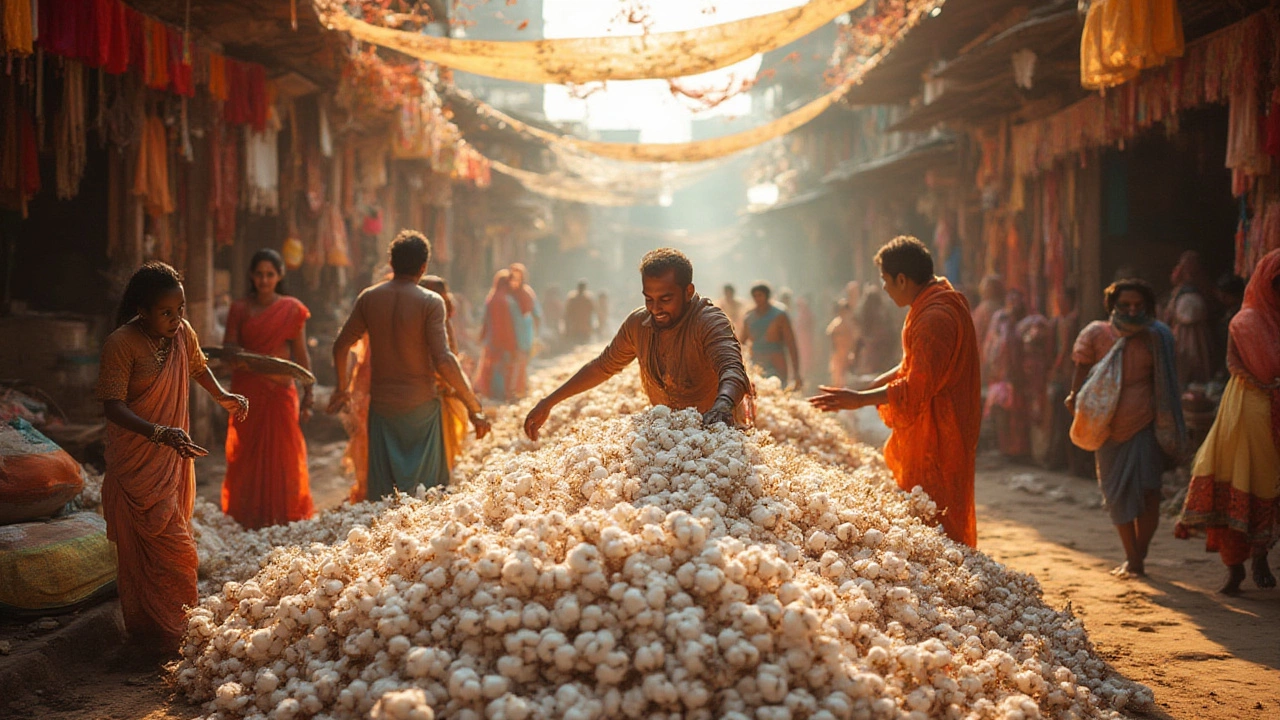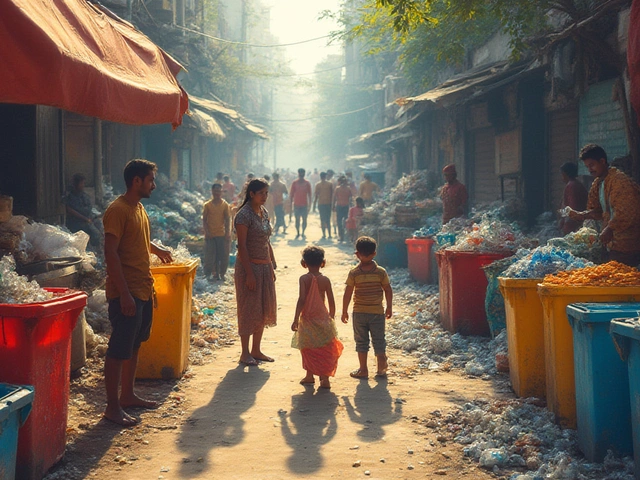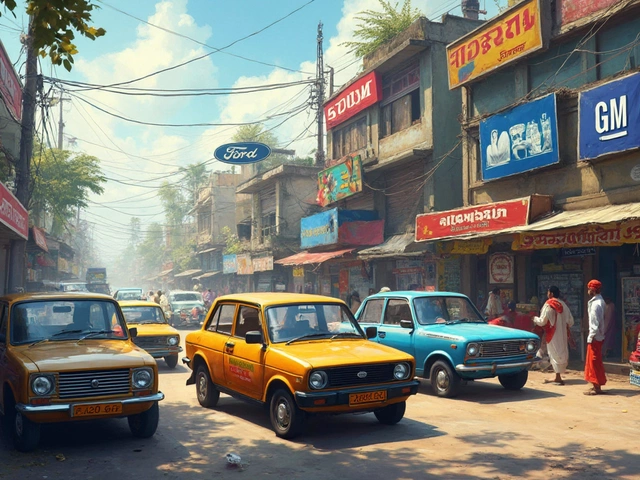Textile History: How India Shaped Global Fabric Trade
When you think of textile history, the story of how fabrics have been made, traded, and worn across centuries. Also known as fabric heritage, it’s not just about threads and looms—it’s about culture, trade routes, and survival. India’s role in this story isn’t just important—it’s foundational. For over 4,000 years, Indian cotton was the most sought-after fabric on Earth. Traders from Egypt, Mesopotamia, and later Europe came not for gold or spices, but for cloth so fine it felt like air. The word "muslin" comes from Mosul, but the fabric was made in Bengal. The word "calico" comes from Calicut, a port in Kerala where European ships first loaded Indian cotton.
What made Indian textiles different? It wasn’t just the quality—it was the skill. handloom manufacturing, the art of weaving fabric using manual looms passed down through generations. Also known as traditional weaving, this craft turned simple cotton into intricate patterns like block prints, ikat, and jamdani. These weren’t mass-produced goods—they were made by families, often in villages, using tools unchanged for centuries. Even today, you’ll find weavers in Varanasi, Kanchipuram, and Bhuj keeping these methods alive, despite machines and cheap imports. The British tried to crush this industry in the 1800s, importing cheap machine-made cloth from Manchester and banning Indian textiles in their own colonies. But the resistance wasn’t just political—it was personal. Gandhi spun his own cloth on a charkha to show that fabric could be a tool of freedom. The Indian textile industry, the network of mills, weavers, and exporters that still drives one of India’s largest employment sectors. Also known as fabric manufacturing, it now includes everything from power looms in Surat to high-tech dyeing units in Tamil Nadu. Today, India is the second-largest cotton producer and exporter in the world. The Gujarat Textile Policy 2024 isn’t just about subsidies—it’s about protecting a legacy.
So when you see a sari, a kurta, or even a simple cotton t-shirt, you’re holding a piece of history. The threads you’re touching might have been spun by a farmer’s daughter in Andhra Pradesh, dyed with indigo from Rajasthan, and woven by a craftsman whose grandfather did the same. The textile history you’re wearing isn’t in a museum—it’s in your closet, in your hands, in your daily life. Below, you’ll find real stories, policy breakdowns, and forgotten facts about how India’s fabric trade still shapes the world—and how you can understand it better.

Queen of Textile: Who Holds This Historic Title and Why It Matters
Uncover the real story behind the queen of textile, the role cotton plays, and why this title still influences global trade and everyday life.
Textile ManufacturingLatest Posts
Tags
- manufacturing
- plastic manufacturing
- India
- plastic pollution
- food processing
- textile industry
- government schemes
- electronics manufacturing
- small business
- small scale manufacturing
- startup ideas
- production
- textile manufacturers India
- manufacturing business ideas
- business ideas
- electronics manufacturing India
- manufacturing business
- top companies
- plastic industry
- entrepreneurship




